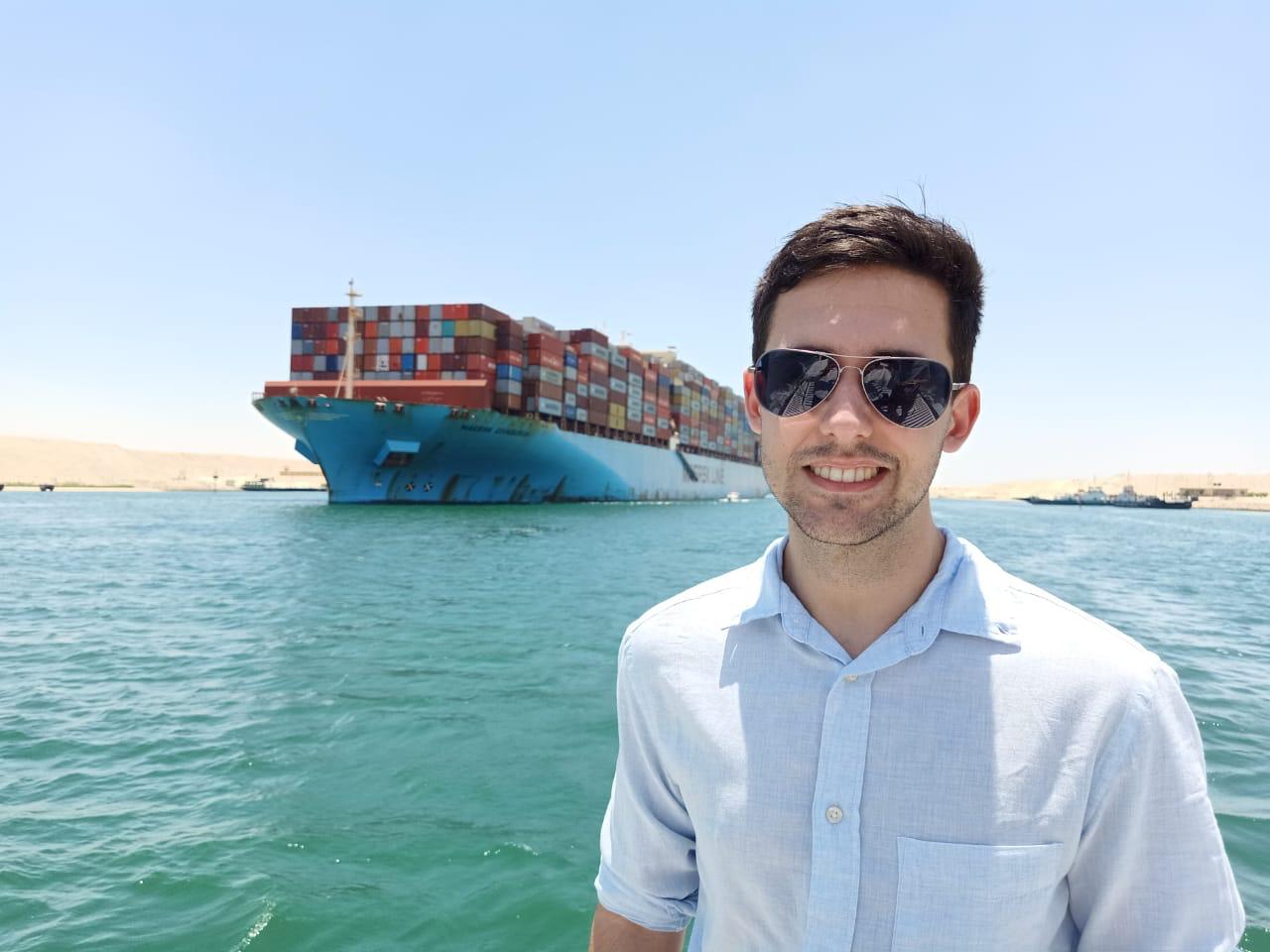Transcritical hydrodynamics in confined waters
There are three regimes a vessel can operate in when sailing in a confined waterway. These are called subcritical, transcritical, and supercritical. The regime a vessel operates in is defined jointly by two parameters:
- The ratio of the ship and wave speed, known as the depth Froude number
, where V is the vessel speed in
,
, and h is the water depth in m. A depth Froude number of 1 occurs when the wave speed (
) equals the ship speed.
- The blockage ratio, which is the ratio of the vessel's cross-sectional area and the cross-sectional area of the waterway.
Certain combinations of depth Froude number and blockage cause hydrodynamic instabilities where we may see strong reverse flow, solitary wave generation, and a spike in power requirements. In the 1800s, when solitary waves were discovered by Russel, merchants were able to supply sufficient power to accelerate a vessel past the transcritical range and reach the supercritical regime where the power requirements are lesser than in the transcritical range.
Today, this is highly unlikely to occur, so it is worthwhile restricting attention to the subcritical ( ) and transcritical ranges.
) and transcritical ranges.
